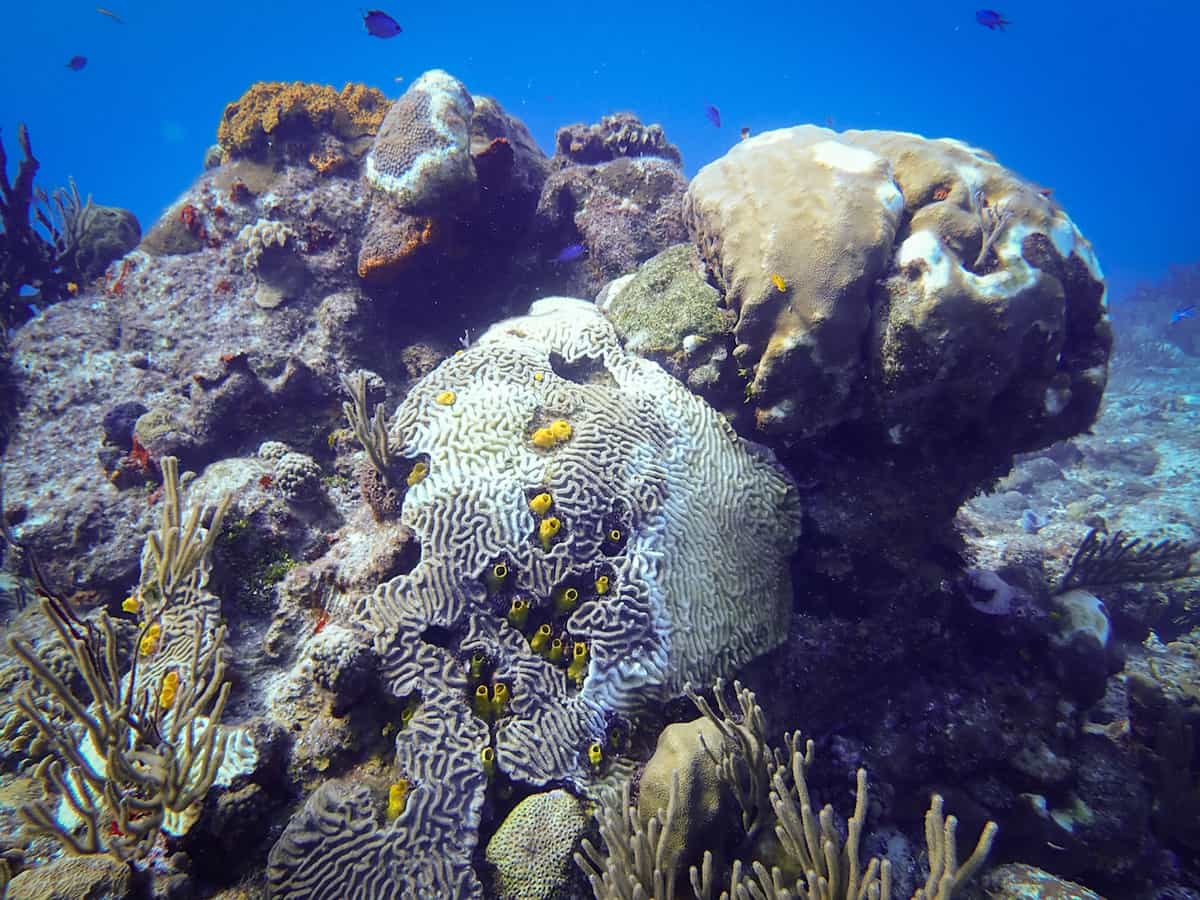Serious ailment attacks corals in the Mexican Caribbean
Between 25 and 50 coral species are affected by tissue loss disease. A study published by the university professor and his team of collaborators, in the journal Communications Biology, reveals the devastating situation.





